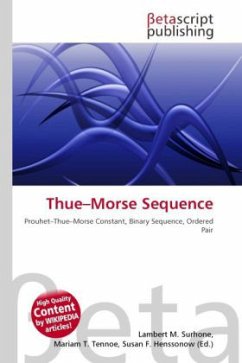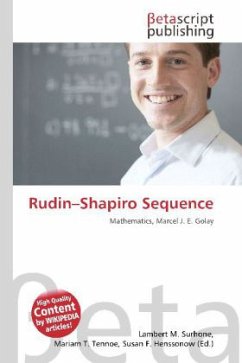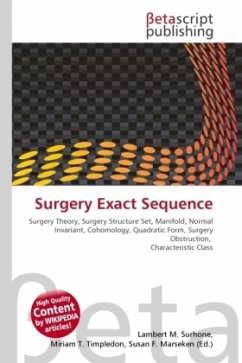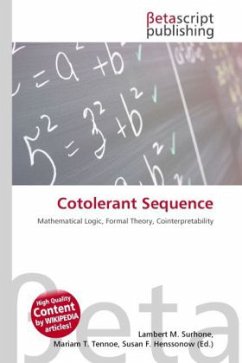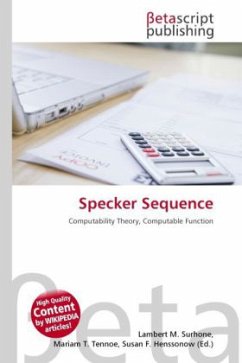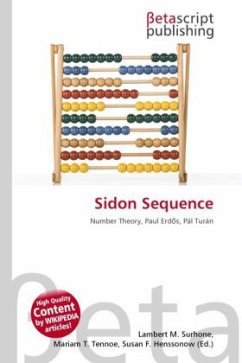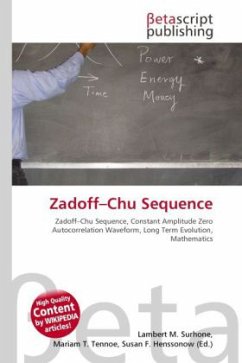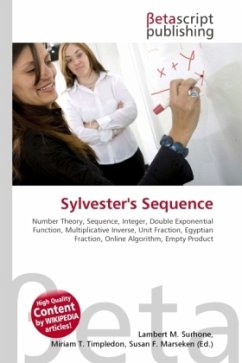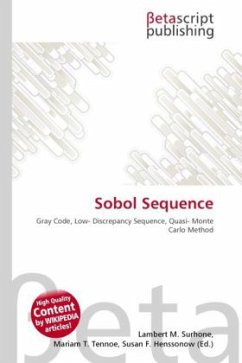
Sobol Sequence
Versandkostenfrei!
Versandfertig in 6-10 Tagen
26,99 €
inkl. MwSt.

PAYBACK Punkte
13 °P sammeln!
High Quality Content by WIKIPEDIA articles! Sobol sequences (also called LP sequences or (t, s) sequences in base 2) are an example of quasi-random low-discrepancy sequences. They were first introduced by I.M.Sobol' in 1967. These sequences use a base of two to form successively finer uniform partitions of the unit interval, and then reorder the coordinates in each dimension. It is more or less clear that for the sum to converge towards the integral, the points xn should fill Is minimizing the holes. Another good property would be that the projections of xn on a lower-dimensional face of Is le...
High Quality Content by WIKIPEDIA articles! Sobol sequences (also called LP sequences or (t, s) sequences in base 2) are an example of quasi-random low-discrepancy sequences. They were first introduced by I.M.Sobol' in 1967. These sequences use a base of two to form successively finer uniform partitions of the unit interval, and then reorder the coordinates in each dimension. It is more or less clear that for the sum to converge towards the integral, the points xn should fill Is minimizing the holes. Another good property would be that the projections of xn on a lower-dimensional face of Is leave very few holes as well. Hence the homogeneous filling of Is does not qualify ; because in lower-dimensions many points will be at the same place, therefore useless for the integral estimation.



